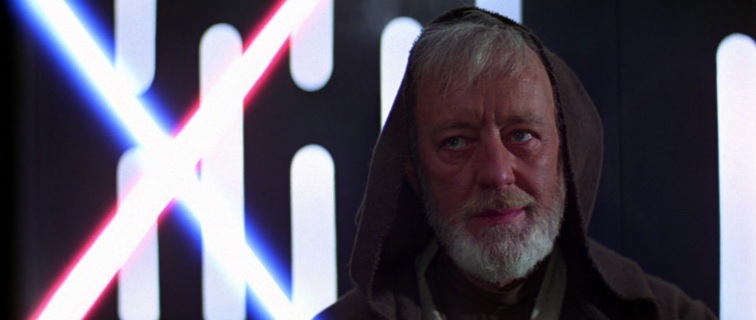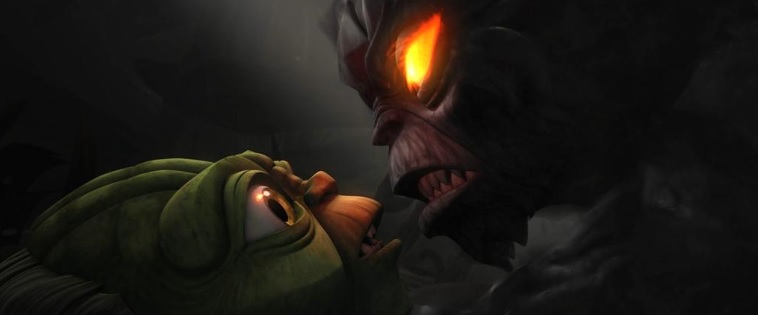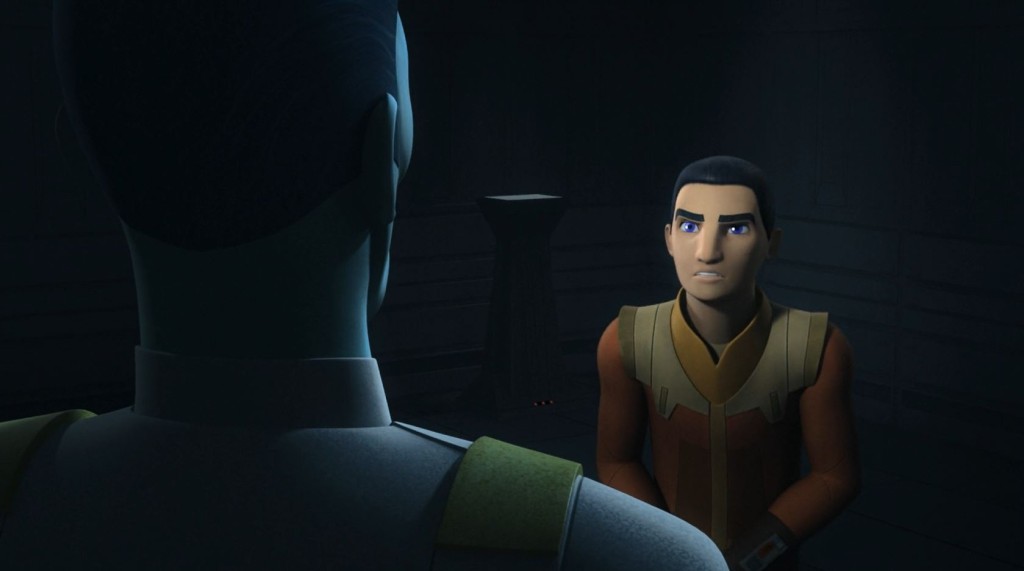
The notion of a Star Wars afterlife takes us deep into the spiritualism of the Force, but we must be cautious, because the Force is a hybrid philosophy. There are elements of various religions, and it is not solely any of them. George Lucas described himself as a “Buddhist Methodist”, and we see Taoism and Buddhism in the ideas of balance and non-attachment, while concepts like the corrupting nature of the dark side and Faustian pacts echo Christianity, not to mention Anakin’s miraculous birth. Carl Jung, whose theories underpinned Campbell’s heroic cycle, was a devout Christian who also saw the value of Eastern religions. There is even an element of Pantheism, a belief system that rejects organised religion in favor of finding god in nature. Relying exclusively on any of these to “unlock” Star Wars means ignoring the others, as well as Lucas’s personal beliefs and experiences. We have to rely instead on the canon itself.
In “Destiny”, the mysterious Force Priestesses explain to Yoda the duality of the Living Force (the world around us) and the Cosmic Force (the arena of destiny, and presumably the Whills): “When a living thing dies, all is removed. Life passes from the Living Force into the Cosmic Force, and becomes one with it.” There is a symbiotic relationship, as Yoda says in The Empire Strikes Back: “life creates it, makes it grow.” The material world is not a “lesser” place of sin, but an essential part of the whole. To be mindful of the Living Force, Qui-Gon teaches in The Phantom Menace, is to be aware of the world in the present moment, and to help ease the suffering of others.



 Hello and welcome once again to The Force Does Not Throw Dice, our feature devoted to running tabletop roleplaying games in the galaxy far, far away. This time we are going to be talking about that exciting point in the life of a Star Wars RPG Game Master where they decide to bite the bullet and start their own campaign. “What’s a campaign”, neophytes ask? Well, to use a television example, if an episode is an adventure, the campaign is the whole TV series. Unsurprisingly, most GMs would eventually prefer to create a series rather than one individual episode, so we all end up at that point in due time.
Hello and welcome once again to The Force Does Not Throw Dice, our feature devoted to running tabletop roleplaying games in the galaxy far, far away. This time we are going to be talking about that exciting point in the life of a Star Wars RPG Game Master where they decide to bite the bullet and start their own campaign. “What’s a campaign”, neophytes ask? Well, to use a television example, if an episode is an adventure, the campaign is the whole TV series. Unsurprisingly, most GMs would eventually prefer to create a series rather than one individual episode, so we all end up at that point in due time.